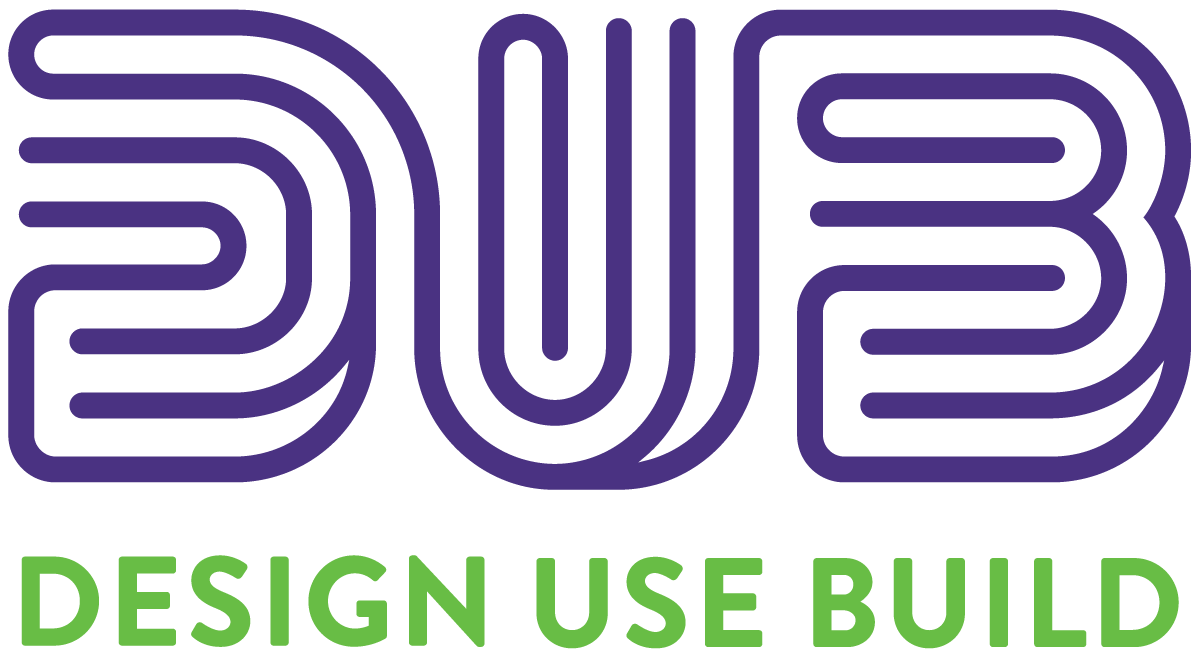UW Interactive Data Lab
papers

Designing LLM Chains by Adapting Techniques from Crowdsourcing Workflows
Madeleine Grunde-McLaughlin, Michelle Lam, Ranjay Krishna, Daniel S. Weld, Jeffrey Heer.
ACM Trans. on Computer-Human Interaction, 2025
ACM Trans. on Computer-Human Interaction, 2025

Materials
Abstract
LLM chains enable complex tasks by decomposing work into a sequence of subtasks. Similarly, the more established techniques of crowdsourcing workflows decompose complex tasks into smaller tasks for human crowdworkers. Chains address LLM errors analogously to the way crowdsourcing workflows address human error. To characterize opportunities for LLM chaining, we survey 107 papers across the crowdsourcing and chaining literature to construct a design space for chain development. The design space covers a designer’s objectives and the tactics used to build workflows. We then surface strategies that mediate how workflows use tactics to achieve objectives. To explore how techniques from crowdsourcing may apply to chaining, we adapt crowdsourcing workflows to implement LLM chains across three case studies: creating a taxonomy, shortening text, and writing a short story. From the design space and our case studies, we identify takeaways for effective chain design and raise implications for future research and development.
BibTeX
@article{2025-llm-chains-crowdsourcing,
title = {Designing LLM Chains by Adapting Techniques from Crowdsourcing Workflows},
author = {Grunde-McLaughlin, Madeleine AND Lam, Michelle AND Krishna, Ranjay AND Weld, Dan AND Heer, Jeffrey},
journal = {ACM Trans. on Computer-Human Interaction},
year = {2025},
volume = {32},
number = {3},
publisher = {Association for Computing Machinery (ACM)},
url = {https://idl.uw.edu/papers/llm-chains-crowdsourcing},
doi = {10.1145/3716134}
}
